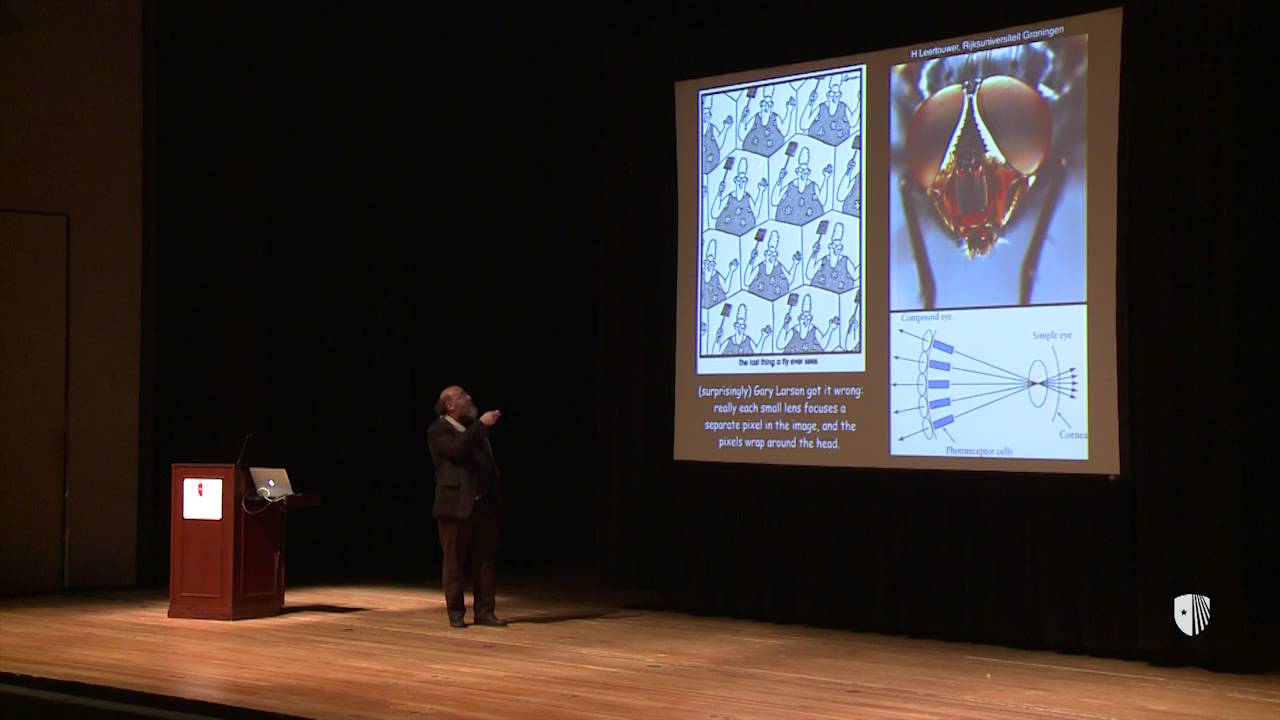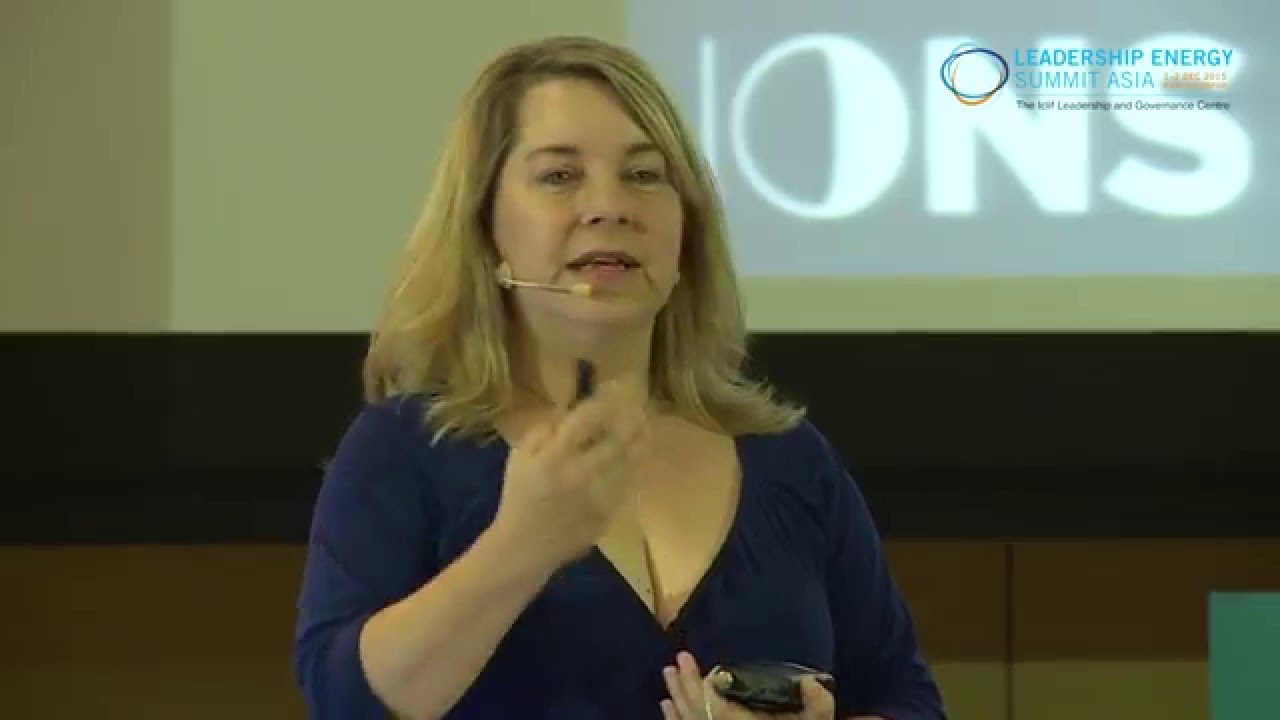SBUVideo
http://www.stonybrook.edu/commcms/mind/
Searching for Simplicity: A Physicist’s Quest
for Theories of Mind and Brain
Our guest speaker:
William Bialek
John Archibald Wheeler/Battelle Professor in
Physics, Princeton University and
Director, Initiative for the Theoretical Sciences,
The Graduate Center/CUNY
William Bialek is the John Archibald Wheeler/Battelle Professor in Physics and a member of the multidisciplinary Lewis-Sigler Institute for Integrative Genomics at Princeton University. In addition, he serves as Visiting Presidential Professor of Physics at the Graduate Center, City University of New York, and Director of the Initiative for the Theoretical Sciences which provides a home for theoretical research in the sciences and sponsors a wide variety of seminars and workshops, bringing together CUNY faculty, students, and visitors in the quest for more compelling mathematical descriptions of the world around us.
William Bialek was elected to the prestigious National Academy of Sciences in May 2012. The award recognizes his distinguished and continuing achievements in original research, and election to the academy is considered one of the highest honors that can be accorded a US scientist or engineer. Bialek’s influential research has addressed problems such as the dynamics of individual biological molecules, the decisions made by single cells in a developing embryo, and the “code” that the brain uses in representing information about the world around us. A persistent theme in Bialek’s work is the remarkable efficiency and precision of life’s basic mechanisms, which often approach the limits set by basic physical principles. He has been a key figure in the emergence of biophysics as a subdiscipline within physics, and in bringing the quantitative traditions of physics to bear on a broad range of phenomena in biology.
Abstract: Theoretical physics is the search for simple, compelling mathematical descriptions of the natural world. Over nearly four centuries, since Galileo, this search has been extraordinarily successful: from deep inside the atomic nucleus out to the farthest reaches of the universe, and with many stops in between, we can predict what will be seen as we look carefully at the world, using our most precise instruments. Beyond the triumph of understanding, mathematical theories of the natural world give us the tools to design new devices, and are at the foundations of life changing technologies. It must be admitted, however, that one part of the world has largely evaded the grasp of theory, and this is the world of our immediate human experience: the brain and mind.
Physicists have been fascinated by the brain and mind for more than a century. Always searching for simplicity, we are challenged by the evident complexity of the cells, synapses, and myriad molecules that are the basis for our mental life. In this lecture I will survey modern efforts to build a theoretical physics of the brain. One important theme is that our sensory systems often come close to the limits set by the laws of physics, as our eyes count single quanta of light and our ears detect vibrations smaller than the diameter of an atom. While there are many ways to build a brain that might work, there are many fewer ways to build a brain that can approach such nearly optimal performance. Perhaps, out of its complexity, the brain emerges as simpler, and more perfect, than we imagined.
Source




Bialek 2015 Mind/brain lecture
So it's not till 1 hr into this lecture that he says we can finally address the line between Mind and Brain and he says, I quote:
Now we're moving perhaps, somewhere across the boundary between brain and mind. One of the fundamental things that we do in the world is to decide whether the thing we're looking at is a real structure or just something that happened at random.
That's a total FAKE ASSUMPTION BY A SCIENTIST!! I never "decide" whether "something happened at random." Randomness is a WESTERN MATH ASSUMPTION that this scientist has hard-wired into his brain!! haha. Hilarious!!
If you can't quite get a handle on your emotions??? you might want to factor in "the Lilly wave" … Given that we humans are … Electromagnetic 1st … Chemical 2nd …The elite who absolutely know this and use it against humanity through
"The lily wave technology" ..which is simply an "electrical/preselected frequency waves … that piggybacks off DC home current" in your home … "The lily wave" piggybacks and penetrates … Through the walls of your home …. and NOW YOUR COMPUTER DEVISES
through tissue and bones into your skull … Through to your brain
your brain is structured to react to frequencies accordingly
this technique literally controls ALL human mood fear, Anxiety, love… etc.
"through the Frankenstein teachings of Dr. Joseph mangler"
each human mood/Emotion … has a """Frequency"""
such as love is 528 Hz
but there's also these emotions >> fear, anxiety, hunger, etc. etc.
they literally are dialing directly into the human skulls of the American population
to create unrest that
that you can't seem to put your hand on … But your nervous system is all screwy
watch this video it'll blow your mind
again simply >> "The lily wave" is frequency/wave that piggybacks off DC current in your home
Through the walls of your home
then through the tissue and bone into your sckull…
Through to your brain… Which controls your central nervous system
Youtube the Title > Lilly wave Dr Patrick Flanagan w Jeff Rense
Credentials are nothing: what you do with that knowledge is all.
your scarf. why? is it cold in there? obscure labyrinth? hubris?